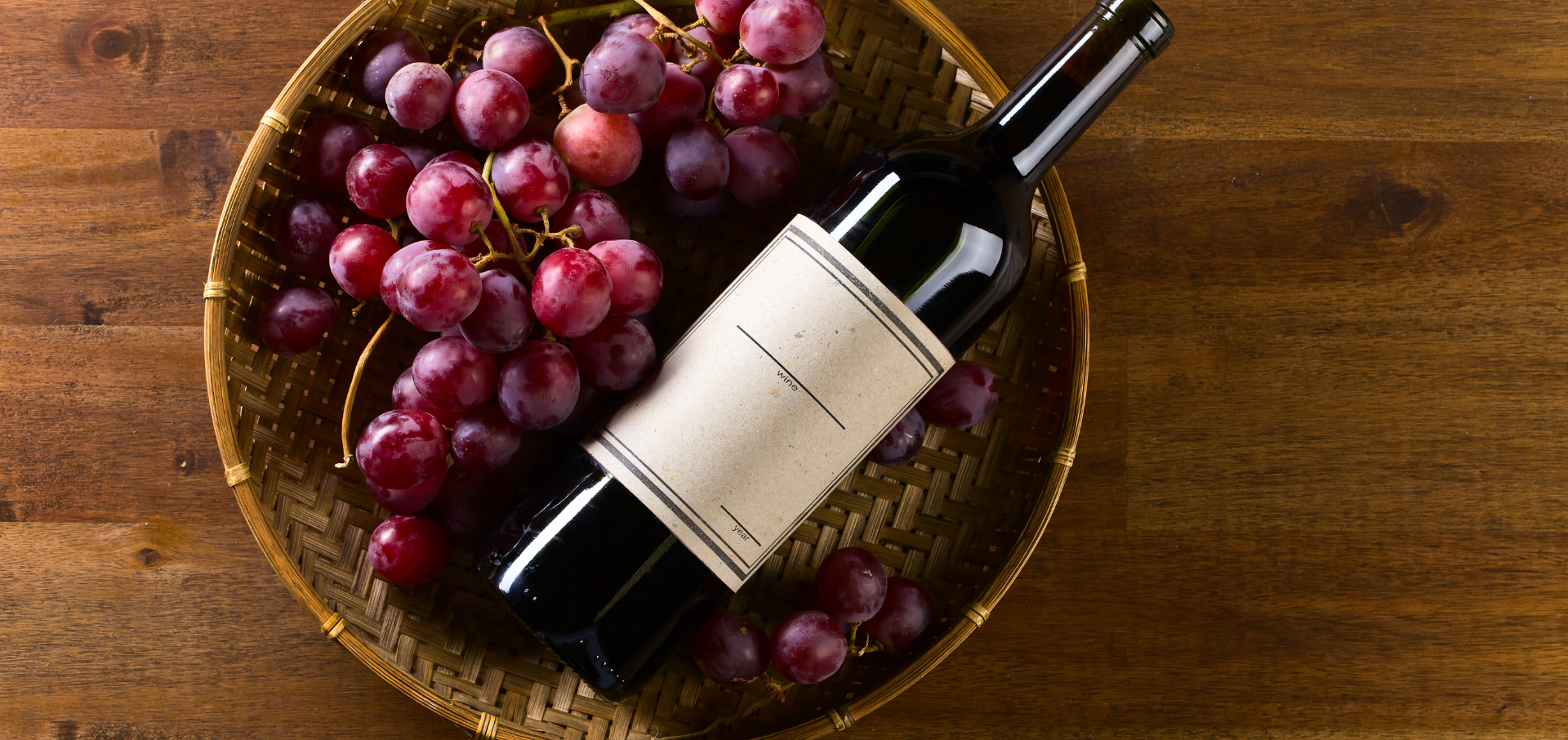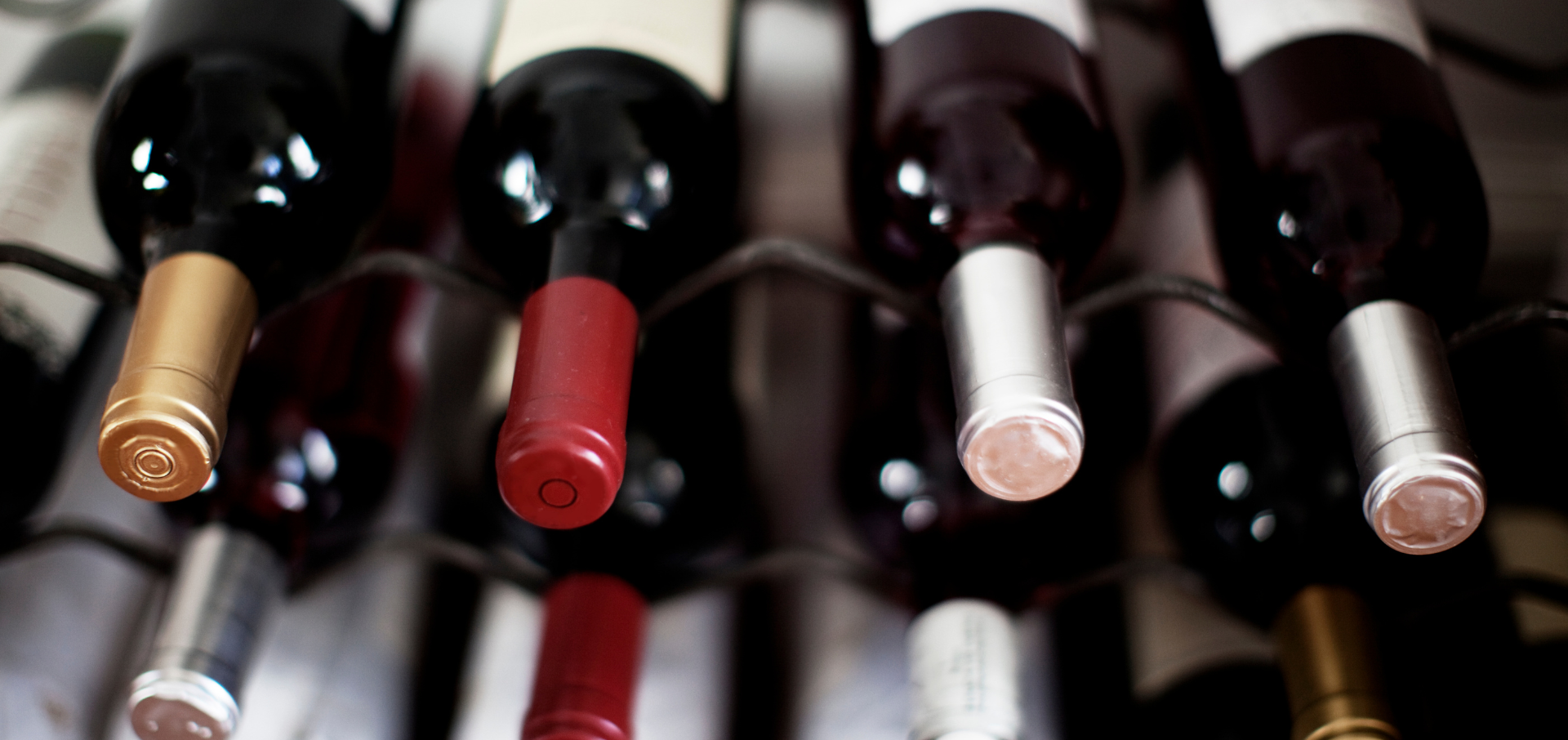Let me hit you with a fact:
82% of consumers report that innovative, sustainable packaging enhances their buying experience and builds long-term trust. (Source)
Here's the deal: Packaging isn't just a container. It's a strategic tool that directly impacts consumer perceptions, environmental footprint, and brand strength. In this guide, I'll show you exactly how to transform your packaging approach to crush your competition.
First Impressions Matter

Your packaging is the first physical touchpoint with customers.
Think about it. Before someone uses your product, they interact with your packaging. This initial moment either wins them over or pushes them away. Great sustainable packaging creates an immediate positive impression that builds trust and drives repeat purchases.
Here's how to create packaging that impresses:
- Quality Materials: Go for premium, sustainable options like recycled glass, biodegradable polymers, or responsibly sourced paper. The simple feel of quality material instantly communicates value. Source: Journal of Cleaner Production, 2022
- Digital Integration: Implement QR codes or AR experiences that tell your brand story. These features don't just look cool - they boost engagement by 40% and drive word-of-mouth marketing. Source: McKinsey & Company, Packaging Sustainability Report
- Smart Design: Your packaging should be ridiculously easy to use. Features that make packages simple to open, reseal, or repurpose don't just enhance convenience - they show customers you actually care about their experience.
Pro Tip: Want real insights? Create direct feedback channels through surveys and social media. Ask specific questions like "Which packaging feature most enhanced your experience?" Then actually use this data to make your packaging better.
Sustainability as Strategy
Look, sustainable packaging isn't just nice to have—it's a business necessity.
Every packaging decision affects the environment. Period. Want numbers? Embracing sustainable materials can slash emissions by up to 35%. That's massive. Source: Environmental Science & Technology, 2023
Here's how to make sustainability actually work:
- Complete Lifecycle Analysis: Don't guess. Analyze every stage of your packaging lifecycle to find concrete improvements in energy use, waste reduction, and emissions. This isn't feel-good environmentalism - it's smart business. Source: EPA Lifecycle Assessment Tools
- Better Materials: Use recyclable, biodegradable, or multi-use materials. Did you know recycled glass can be reprocessed indefinitely without quality loss? That's the circular economy in action. Source: Glass Packaging Institute
- Closed-Loop Systems: Create actual programs that encourage packaging return or recycling. Deposit-return schemes don't just sound nice - they can reduce waste by up to 70% while proving your environmental commitment isn't just talk.
Pro Tip: Set hard environmental targets—like "reduce packaging waste by 40% in 18 months"—and integrate these into your broader strategy. Then publish your progress. Transparency builds trust faster than anything else.
Building Brand Longevity

Want your brand to last? You need consistency, innovation, and ethics.
Your packaging isn't a cost center - it's a strategic asset that directly shapes brand identity and future success. The data backs this up: Companies that prioritize innovative, sustainable packaging see 21% higher customer loyalty scores. That's real money. Source: Harvard Business Review, The Comprehensive Business Case for Sustainability
Here's how to create lasting impact:
- Long-Term Planning: Develop a concrete 5-10 year sustainability roadmap for your packaging. Don't let it collect dust - update it quarterly with emerging technologies and changing consumer expectations.
- Consistent Messaging: Make sure every single packaging element reflects your commitment to quality and sustainability. A clear, consistent story doesn't just sound nice - it builds measurable consumer trust in competitive markets.
- Cross-Department Collaboration: Break down silos between design, production, marketing, and logistics teams. A unified approach isn't just good for morale - it drives 28% better operational efficiency while reinforcing your commitment to responsible practices.
Pro Tip: Schedule quarterly strategy reviews with key stakeholders to assess progress against long-term sustainability goals. Use hard data to continuously refine your approach - not gut feelings or the latest trends.
The True Cost of Cheap Packaging
Let's be real for a second.
Many brands choose the cheapest packaging possible to save a few bucks today. Big mistake. This short-term thinking conceals massive long-term costs—reduced consumer trust, higher waste management fees, and potential regulatory penalties that can crush your profit margins. Source: MIT Sloan Management Review, The False Economy of Poor Packaging
Every dollar invested in quality, sustainable packaging pays dividends in your brand's future. The real cost of ignoring sustainability isn't in your quarterly report - it's in the market share you'll lose and the reputation damage you'll suffer over time.
Pro Tip: Stop viewing packaging as an expense. Reframe your budget approach to see sustainable packaging as a strategic investment. Use lifecycle assessments and consumer research to build a business case with hard numbers that quantifies the long-term benefits.
Success Stories Worth Studying
History doesn't just suggest sustainable packaging works - it proves it.
Brands that invested in sustainable packaging during the 1980s and 1990s built legacies that withstood market disruptions and regulatory changes. These companies didn't just talk about packaging driving consumer trust - they proved it with market dominance.
Real Example: A leading beverage company switched to lightweight, recycled glass bottles in 1992. The result? They reduced environmental impact by 37%, cut shipping costs by 18%, and saw brand perception scores jump 43% in just three years. This translated to sustainable market growth that competitors couldn't touch. Source: Business of Sustainability Index, NYU Stern
Packaging as Strategic Investment
Let me be crystal clear:
Every packaging decision is a direct investment in your brand's future.
By focusing on concrete consumer experiences, measurable environmental sustainability, and long-term brand strength, you build a foundation that lasts. Your packaging isn't just a box or wrapper—it's a powerful tool that actively shapes perceptions, protects our environment, and defines your brand identity in ways nothing else can.
I challenge you to treat every packaging decision as a strategic opportunity. Embrace innovation backed by data, and commit fully to sustainable practices. Your brand's future isn't determined by what you say in your marketing - it's determined by the choices you make today.
Bottom line: The brands that treat packaging as strategic rather than functional will dominate their markets in the next decade. Which side of that divide will you be on?